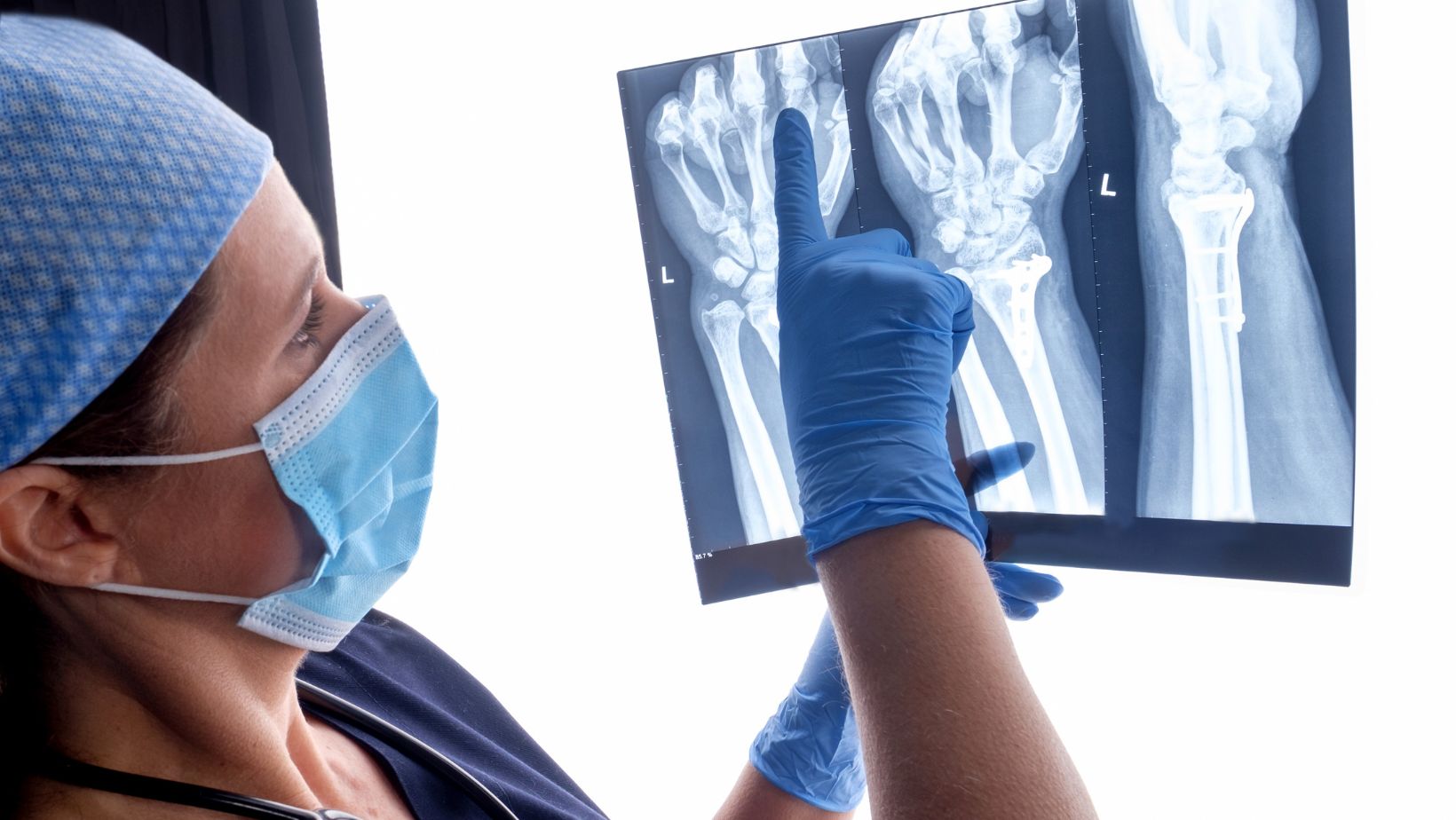Orthopedic conditions can range from minor aches and pains to more serious injuries or chronic diseases that affect muscles, ligaments, tendons, and bones. Understanding when to seek medical advice is paramount in preventing further complications and ensuring a swift recovery. This chapter aims to demystify the signs and symptoms that warrant a professional consultation and what to expect during your visit with an orthopedic specialist.
Whether it’s joint pain that disrupts your day, a sports injury that doesn’t heal, or discomfort that challenges your job duties, being informed helps you take proactive steps toward your health and well-being.
Recognizing the Signs: When to Seek Help
Many people experience occasional discomfort in their bones or muscles, but certain symptoms should raise a flag for a professional assessment. These include persistent pain, limitations in movement, and pain that worsens with activity. It’s crucial to listen to your body and understand that lasting pain isn’t something to push through or ignore.
Other warning signs include swelling, stiffness, redness, warmth around the affected area, difficulty bearing weight or walking normally, and a visible deformity. These symptoms can indicate more severe conditions such as fractures, tears in ligaments or tendons, and joint disorders like arthritis. If any of these symptoms persist for more than a few days or interfere with your daily activities, it’s time to consult a doctor.
Firstly, make an appointment with your primary care physician, who can assess your symptoms and refer you to an orthopedic specialist if necessary. They may also order imaging tests such as X-rays or MRIs to obtain a more precise view of the affected area. If you live in Georgia, for example, looking up orthopedic surgeons in Atlanta can help you find a specialist near you. Additionally, your primary care physician can provide you with initial treatment options such as rest, ice, compression, and elevation (RICE) or over-the-counter pain medication.
Key Symptoms That Should Not Be Overlooked
There are specific symptoms that should prompt an immediate visit to an orthopedic doctor. These include severe joint pain, visible deformities in your limbs or joints, and inability to perform everyday activities due to pain or inflexibility. If you’re experiencing any of these symptoms, it’s crucial to seek expert guidance to prevent long-term damage.
Other symptoms that require urgent medical attention include severe swelling, numbness or tingling in the affected area, and difficulty moving a limb. These can be signs of a more serious injury, such as a fracture or nerve damage, and should not be ignored. Keep in mind that each person’s body is unique, and what may seem like a minor issue to one person could be more severe for another. It’s always better to err on the side of caution and visit a doctor if you’re experiencing any concerning symptoms.
The Orthopedic Consultation: What to Expect
The idea of an orthopedic consultation can be overwhelming for some. However, knowing what to expect can alleviate much of the anxiety. During your first visit, you’ll likely undergo a physical examination, discuss your medical history, and may be recommended for imaging tests like X-rays or MRIs to help the doctor assess your condition accurately.
Be prepared to answer questions about your symptoms, how long you’ve experienced them, and which activities or movements make them worse. It’s essential to be honest and open with the doctor so that they can provide you with the best treatment plan possible. They may also ask about your lifestyle, such as your occupation or physical activity level, as it can affect your condition and recovery.
Your doctor may also perform various tests to assess your range of motion, muscle strength, and any abnormalities in your bones or joints. These tests are painless and help the doctor understand the severity of your condition. Afterward, they will discuss their findings with you and suggest a treatment plan tailored to your specific needs.
After Your Visit: Understanding Your Treatment Options
Once a diagnosis is made, you’ve got several potential pathways for treatment. These range from conservative measures like physical therapy and medications to more advanced treatments such as injections or orthopedic surgery. Your orthopedic specialist will discuss these possibilities with you, first focusing on the least invasive options. Your treatment plan will depend on several factors, including your age, overall health, occupation, and lifestyle.
It’s essential to have realistic expectations for the results of your treatment. Recovery times vary depending on the severity of the condition and the chosen therapy method. Be sure to ask your doctor about any potential risks or side effects associated with your treatment plan. Additionally, keep an open line of communication with your doctor and inform them of any changes in your symptoms or concerns you may have during the recovery process.
Rehabilitation and Recovery
Recovery doesn’t end after treatment—it’s a process. Rehabilitation is vital and might include physical therapy exercises, gradual strengthening activities, and lifestyle modifications. Your doctor and therapy team will work with you to tailor a recovery plan that suits your unique situation and goals. It’s crucial to follow the prescribed rehabilitation plan carefully to prevent further injury and optimize your recovery.
Furthermore, preventing future injuries is also a significant part of orthopedic care. Your doctor may provide you with recommendations for preventive measures such as proper posture techniques, ergonomic adjustments in your workplace or home, and modifications to your physical activity routine.
Long-Term Orthopedic Health
Orthopedic health is a lifelong commitment that involves more than just treatment. Implementing preventative measures such as proper exercise, diet, and body mechanics can significantly impact your musculoskeletal health. Regular check-ups with your orthopedic doctor can also catch issues before they become problematic, allowing you to maintain an active and healthy lifestyle.
Additionally, staying informed about common orthopedic conditions and their signs can help you recognize warning signs early on, leading to timely treatment and better outcomes. Take care of your body, listen to its needs, and don’t hesitate to seek medical advice when necessary. Your musculoskeletal health is essential for your overall well-being, so make it a priority.
In conclusion, orthopedic health is a critical component of maintaining an active and fulfilling life. Whether it’s dealing with acute injuries or managing chronic conditions, understanding when to seek help, what the consultation process involves, and the recovery steps are key to successful outcomes.
By recognizing the importance of early intervention and adhering to the advice of medical professionals, you can actively contribute to your musculoskeletal wellness. Remember that a proactive approach, incorporating both treatment and preventive strategies, can lead to improved long-term health and mobility. Always be vigilant about changes in your body and consult with your orthopedic specialist to stay on top of your orthopedic health.





